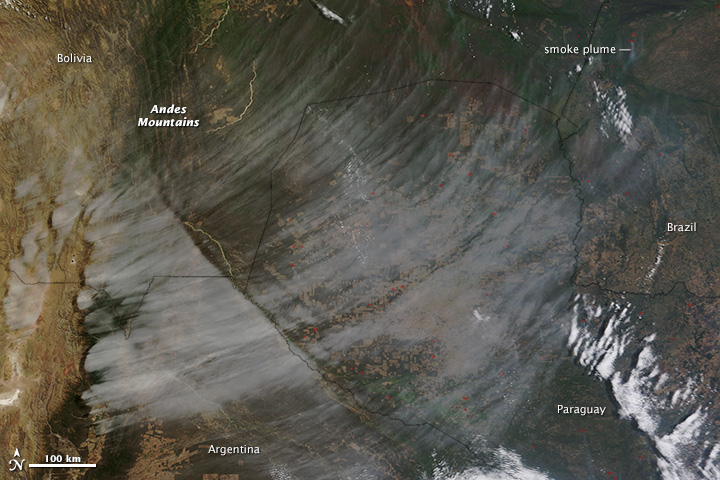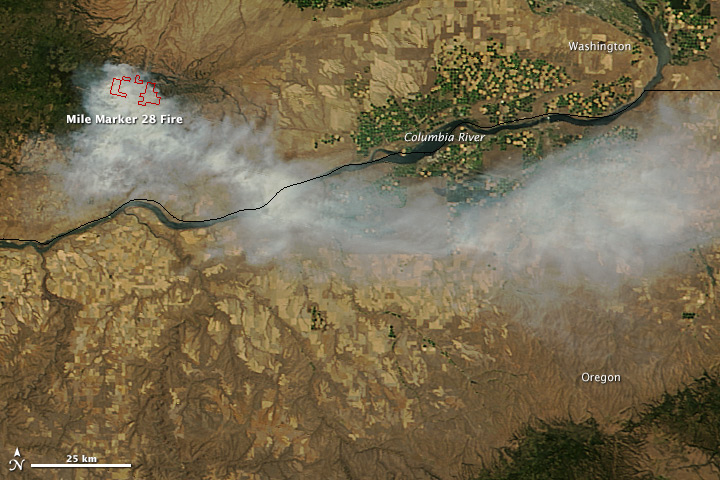Measurements Of Pollution In The Troposphere (MOPITT) instrument on board NASA’s Terra satellite measures carbon monoxide (CO) in the troposphere, the lowest portion of Earth’s atmosphere, ranging from sea level up to 20 km at the equator and 7 km near the poles. There are few in situ profiles, measurements that are taken from the natural position rather than remotely, that reach into the upper troposphere (UT), limiting understanding of MOPITT performance at that atmospheric level. It is important for any data collected by satellites to be validated against other existing data to ensure that the information being collected is accurate and applicable.
In a recent poster presented at the American Geophysical Union Conference, MOPITT CO levels were validated and contrasted by the Fourier Transform Spectrometer on board the Atmospheric Chemistry Experiment (ACE-FTS), from the Canadian Space Agency and the Quantum Cascade Laser Spectrometer on the HIAPER Pole to Pole Observations experiment (HIPPO-QCLS). ACE-FTS has been monitoring the upper troposphere since 2004, providing data for much of the same time as MOPITT and HIPPO-QCLS data has high resolution, precision, and accuracy from its in situ measurements, making it an ideal source for validating the MOPITT measurements.





